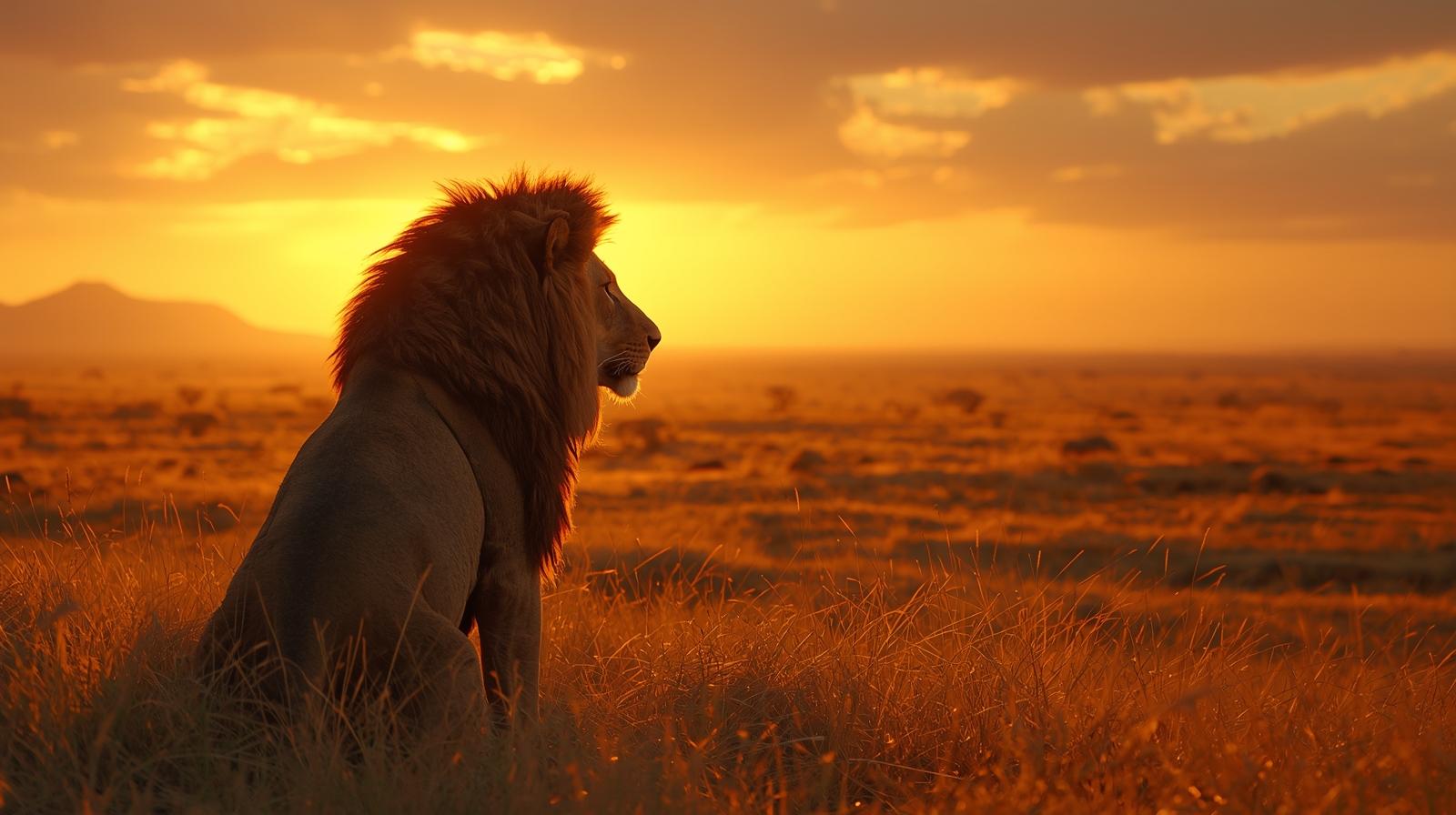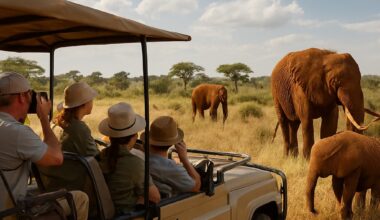“Is it okay to feed wild animals while hiking?” is a question that many hikers have asked themselves. You’re not the only one. The answer may surprise you and permanently alter the way you engage with wildlife, but that moment of connection can be wonderful.
As you breathe in the fresh air deep within the forest, an inquisitive squirrel darts up next to you. Donating a crumb from your trail snack may seem innocent, perhaps even considerate. An important point is brought up, though: is it acceptable to feed wild animals while hiking?
Feeding wild animals while hiking can have detrimental effects on both humans and animals, although the desire to connect with nature is a natural impulse. This post will explain why this well-meaning action may cause more harm than good and what you should do if you come across a wild animal while hiking.
Why People Want to Feed Wildlife
The urge to connect is a common emotional reaction that leads to feeding wild animals. Offering food to a squirrel on the route or a bird landing nearby feels like a tiny gesture of compassion. It allows us to feel briefly more connected to nature, as though we are a part of the wild world rather than merely tourists.
Although this nurturing tendency is innate to humans, it is not necessarily suitable in the wild.
The media and early life events also influence this conduct. Many individuals grew up watching movies or feeding ducks in parks where both humans and animals have enchanted connections based on food.
Social media enhances the allure by showcasing influencers feeding deer or raccoons in exchange for likes and shares. In contrast to the fact that feeding wild animals while hiking can be harmful to both humans and animals, these depictions might give the impression that feeding wild animals while hiking is not only acceptable but rather encouraged.
The Dangers of Feeding Wild Animals
Although it might not appear harmful, feeding wild animals while hiking can cause significant behavioral changes. Regular human feeding of animals might cause them to grow reliant on the handouts and lose their innate ability to hunt or forage. With time, they could become more assertive in their approach to people, expecting food, and occasionally even acting aggressively if it is denied.
This transition from wild to “tame” can be dangerous for the wild animal as well as the human.
Additionally, there are serious health hazards. The nutritional value of human food is frequently insufficient for wild animals, resulting in malnourishment, digestive issues, and compromised immune systems.
Furthermore, there is a greater likelihood of disease transmission from people to wild animals and vice versa when there is intimate contact.
As a result of wild animals being overly at ease with humans, encounters can become more regular and occasionally harmful, resulting in property damage, injuries, or the need to relocate or euthanize animals for public safety.
Environmental and Legal Implications

In addition to having an impact on individual animals, feeding wild animals while hiking can also upset entire ecosystems. Wild animals change their normal positions in the food chain when they start to depend on human food.
Invasive behavior may spread to new locations, predator-prey relationships may become unbalanced, and some species may become overpopulated as a result.
Also, lingering food or packaging from well-meaning hikers can contaminate delicate ecosystems, spread litter, and draw unwanted animals.
Feeding wild animals while hiking is strictly prohibited in many protected locations, including state and national parks, and for good reason.
Serious fines and, in certain situations, expulsion from the park may follow violations of these rules. There have been multiple instances where wild animals that grew too accustomed to people had to be moved or put down after multiple incidents, demonstrating the relevance of these regulations.
Bears and other huge animals have been put down in locations like Banff and Yosemite because they were deemed hazardous by human feeding wild animals while on hiking. By adhering to the idea of allowing wild animals to remain in their natural habitat, visitors can completely avoid these consequences.
What to Do Instead and not feed wild animals while hiking
Respectful distance viewing is the greatest approach to appreciate wild animals while hiking. Observing wild animals ethically entails observing it in its natural habitat without interfering—no touching, no feeding, and no baiting for photographs. Avoid the temptation to shout or give food, and use binoculars or a zoom lens to get a better view.
Not only is it safer to watch an wild animal behave in its natural habitat, but it is also much more fulfilling and significant than a manufactured encounter.
The Leave No Trace philosophy, which emphasizes reducing your environmental impact, is another way you may help wild animals.
Keeping to designated trails, removing all garbage, and not leaving food behind are all part of this. Consider participating in conservation initiatives as well, whether it means making donations to respectable groups, helping to clean up habitats, or teaching people about ethical outdoor behavior.
Helping wildl animals entails preserving the habitats and environments that are essential to their survival, not only providing food.
Final Thoughts: Loving Wildlife from a Distance
So, is it okay to feed animals while hiking? The honest answer is no and it’s for a good reason. Respecting wild animals area while hiking and letting them stay in their natural state is the greatest method to care for wild animals.
Being a true steward involves avoiding the temptation to feed wild animals while hiking or meddle in their affairs.
Being a responsible hiker and nature lover means understanding that your presence in the wild is a privilege, not a pass to interfere. Admire animals from afar, preserve their habitats, and educate others on why keeping your snacks to yourself matters. Every step you take without feeding wildlife is a step toward conservation.
Keep the trail clean, your distance respectful, and your impact light. We may contribute to protecting the fragile natural equilibrium for future generations by keeping a safe distance and practicing appropriate outdoor behavior.
Let the wildlife remain wild and save the goodies for yourself the next time you hike. Spread the word by sharing this piece with other hikers and wildlife enthusiasts, and help ensure that wild creatures remain safe, healthy, and genuinely free.

